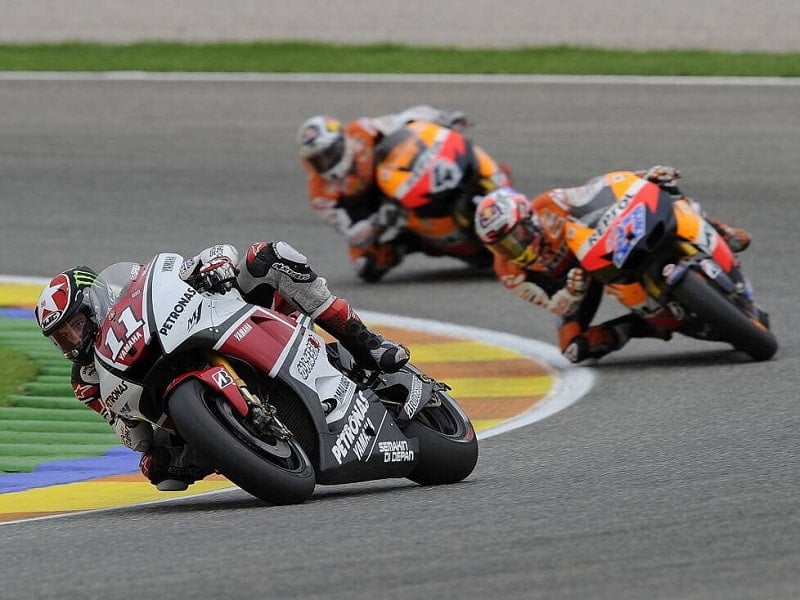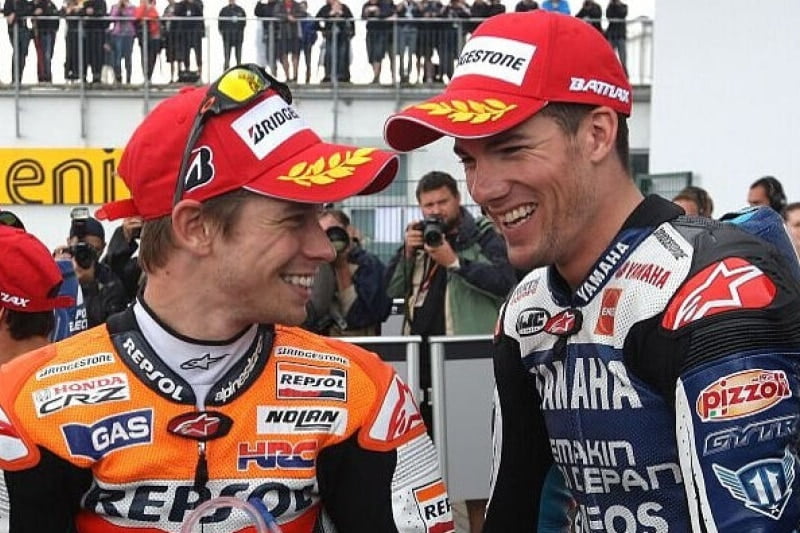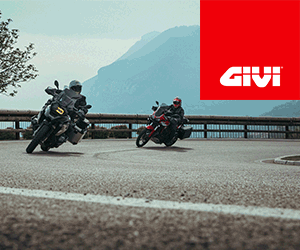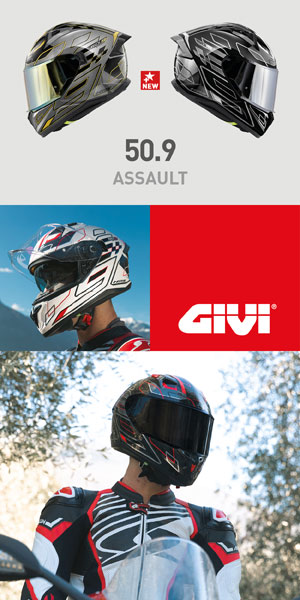Like a shooting star, “Elbowz” (nickname due to his protruding elbows) came to the Superbike World Championship in 2009, where he saw and won. In one season, he went from national champion to MotoGP rider, with the unconditional support of Yamaha.
A three-time United States Superbike Champion in 2006, 2007 and 2008, he was the fourth rider in history to achieve this feat after Reg Pridmore, Fred Merkel and Mat Mladin. He then won the Superbike world title in 2009 on a high-performance R1, with 14 victories in 28 races in his rookie year.
He then moved to MotoGP with Tech 3, the regulations at the time prohibiting any newcomer from riding directly in a factory team. This regulation was intended to penalize Marco Simoncelli (250 cc World Champion in 3), and Ben Spies was one of the collateral victims. And Simoncelli moved to San Carlo Honda Gresini in 2008 in the MotoGP category.
When he arrived in the World Superbike Championship, Spies discovered that “the overall level was higher in the USA. But winning races was not as difficult in the world championship as in the AMA championship. It is a fact “, estimates the American in a conversation with the podcast “Off Track” of MotoAmerica.
“But the World Superbike Championship guys were anything but slow. A lot has changed since then. But that year, compared to the period spent against Mat Mladin in the USA, it was not so difficult. » That's how Spies assesses the 2009 WSBK season, in which he beat Noriyuki Haga – then on Ducati – in the season finale race at Portimão to secure the only WSBK title for Yamaha to that point. day.
After just one year in Superbike, his path led Spies to MotoGP. During the 2010 season, he was part of the Tech 3 team ofHervé Poncharal and finished sixth in the World Championship, as a rookie.
« I wouldn’t say that the level in MotoGP surprised me”, estimated the American. “There are special drivers. I looked at Marquez, but Stoner did some things that blew my mind. However, the other guys were also very fast. They were riding at the highest level, there is no doubt about it. »
“At no time in MotoGP was I able to give the maximum of myself”, regrets Ben. “I never felt 100% comfortable on these bikes. People don't understand how significant the differences between these motorcycles are. They differ massively. »
“I grew up at the end of the non-traction control era, where the bike skidded and wiggled. Then I competed in the World Superbike Championship, where they use Pirelli tires and electronic aids. And then I arrived in MotoGP, where the bikes had a cylinder capacity 200 cubic centimeters lower and where we used high cornering speeds,” remembers Spies from the 800 m3 era.
“The motorcycles do not slip or shake when entering a turn. The differences are enormous. I would say there have only been two or three races in my GP career where I felt like I was getting what I could get from a Superbike and being at the limit. »
“In the other races I felt good, but I wasn't comfortable enough to get the most out of the bike ", lamented Spies, who took his only MotoGP victory at Assen in 2011. At the end of the 2011 season, he narrowly missed out on victory in Valencia in the final sprint against Casey Stoner, by 0,015 seconds.
Ben finished the 2011 season in fifth place. His hopes for 2012 were high as the MotoGP machines were given a displacement of 1000cc, which was expected to suit Spies' riding style. But a disappointing season followed, with numerous setbacks. Ben lost his place on the Yamaha factory team to Valentino Rossi, and ended up at Pramac–Ducati. His shoulder, too damaged by successive injuries, then forced him to end his career.

Photos © Yamaha, Repsol Media

























